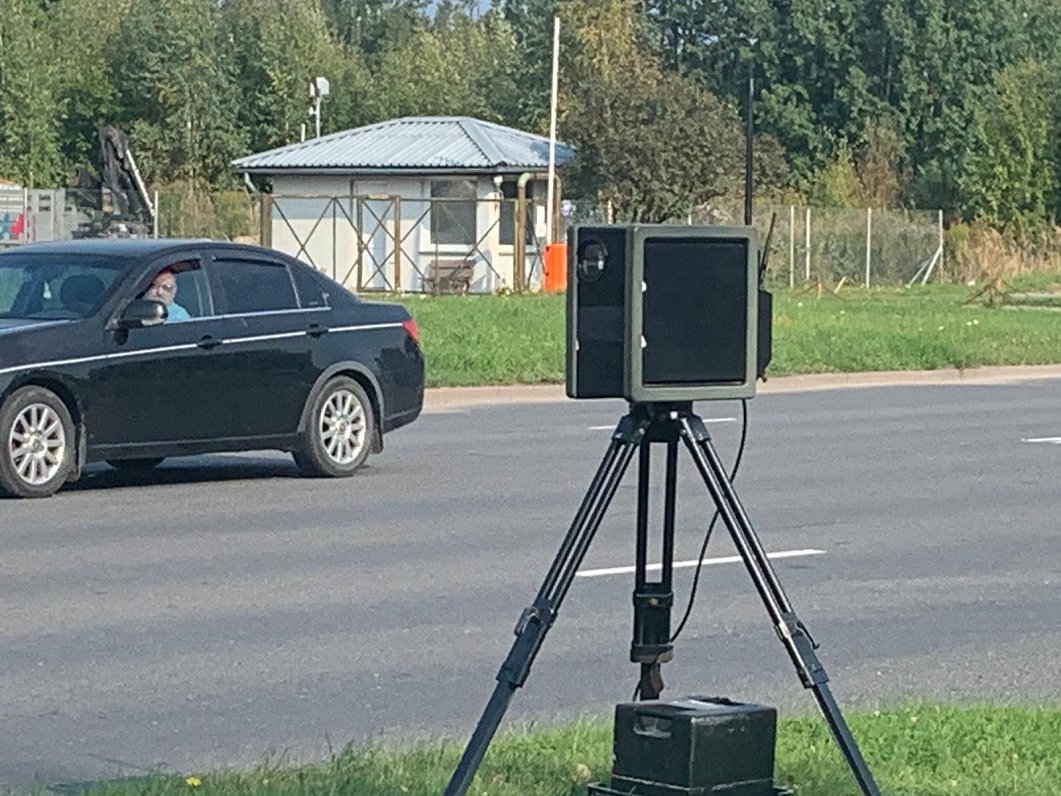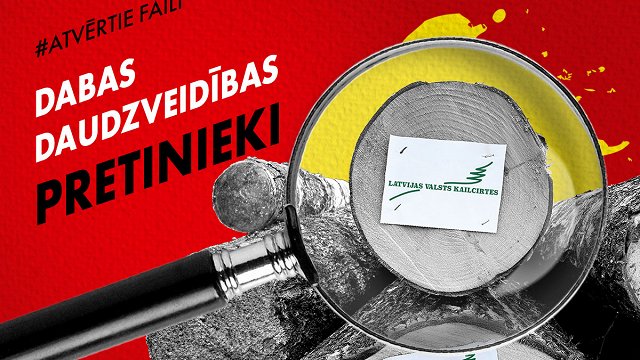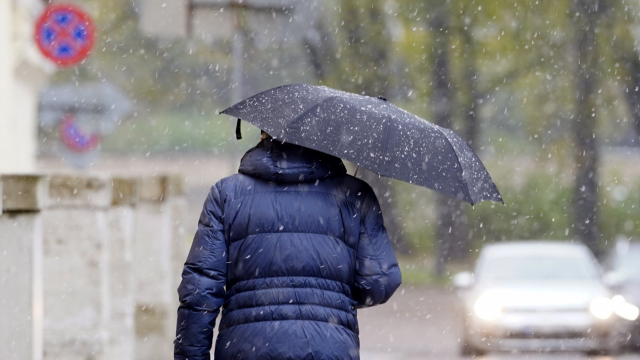A total of €34 million has been collected in fines from speed cameras between 2015 and 2020, of which €4.7 million was collected during the first six months of this year.
Speed cameras have been on Latvia's roads since 2015. In 2018, the total number of stationary speed cameras grew to a hundred, and on the roads, along with 12 mobile cameras, they record speeds above the permitted limit.
Speed control recording equipment has justified itself, said Arturs Smilga, representative of the State Police Transport Monitoring and Coordination Bureau. He said that the number of road accidents in places where a camera is installed has declined significantly.
"From 2012 to the installation of speed cameras, i.e. within three years, 1084 road accidents occurred in the road sections where cameras have [now] been installed. On the other hand, in the course of six years [since the installation of cameras] there were 937 road accidents. As a result, road traffic accidents have decreased by 35%," Smilga said.
Ilze Šipkevica, spokeswoman for the Road Safety Directorate (CSDD), agreed that the cameras were effective: "No one has died in these places at the moment. The number of injured people has also fallen by as much as 75%. The number of severely injured people, for example, has fallen by 69% in 2020."
From the financial aspect, speed cameras have greatly supplemented the State budget. “From 2019, there is a tendency that [the money charged for camera-recorded offenses] is declining. Of course, Covid-19 should be taken into account, which was a reason for the decrease in traffic intensity. Consequently, the total amount of fines imposed in 2019 from speed cameras amounted to €16.2 million. In 2020, they amounted to €13.4 million. In the first six months of this year, it is €4.7 million,” said Artūrs Smilga.
From 2015 to 2020, the country collected a total of €34 million in fines from drivers for camera-recorded speeding. The installation and maintenance of cameras have cost a total of around €14 million so far. The costs of maintenance of equipment are variable annually but, for example, last year it was a little over one million euros.
Drivers have become more careful, as the police say the average number of offenses recorded by speed cameras is declining annually. However, police believe the driving culture of drivers hasn't improved.
“It's also known that before the cameras [the drivers] slow down so that they don't have to pay, and when they pass, the drivers speed again and run away. That is why we continue to carry out speed controls in vehicles, too. We are working to catch up with aggressive drivers,” Smilga said.
In order to improve road safety, average speed control systems are planned to be installed on national roads in several phases.
Work is ongoing on the preparation of procurement documentation. 'Average speed' cameras differ from single speed cameras by having cameras at two positions on a stretch of road. Cars are monitored at both points with the average speed between those points calculated as a result, so that vehicles cannot simply slow down as they pass a camera and then accelerate back over the speed limit.
The average speed control system has a budget of EUR 700 000. Implementation of the project has been entrusted to the State JSC Latvijas Valsts ceļi.



























